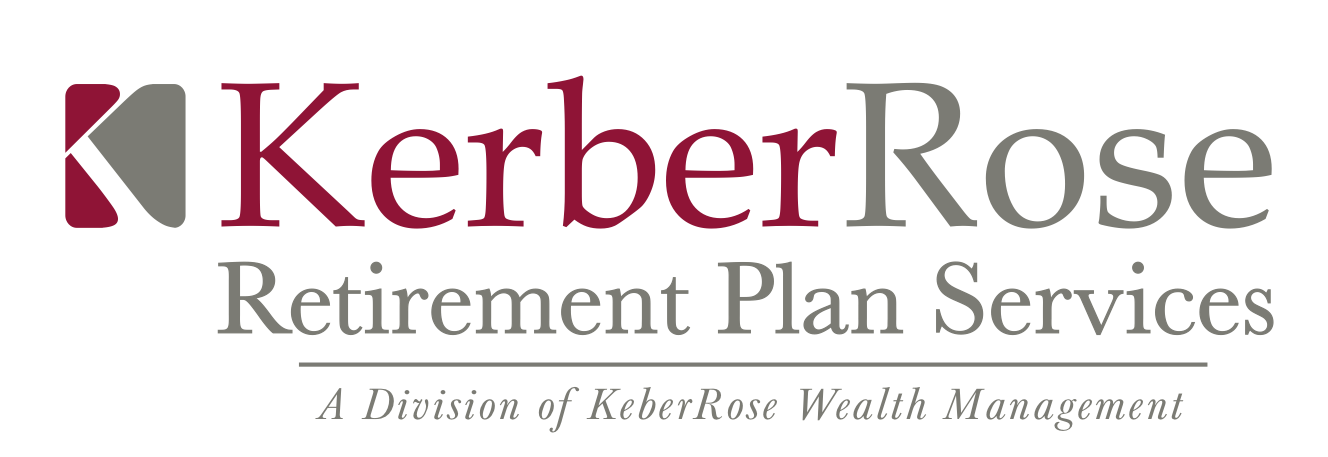New Rule Allows Matching Employee Student Loan Payments
Starting this year, there’s a new rule that lets you, as a plan sponsor, match your employees’ student loan payments with contributions to their retirement plan. This means if your employees are paying off student loans, you can help them save for retirement at the same time.
How It Works:
Proof of Payment: Employees need to show proof they made their student loan payments. They can do this once a year or every time they make a payment.
Matching Contributions: You then match their loan payments with contributions to their retirement accounts, just like you would if they were putting money into their retirement accounts themselves.
Requirements to Satisfy the Rules:
Documentation: Employees must provide documentation of their student loan payments. This can be done annually or with each payment.
Fairness: Ensure the rules for matching contributions are fair and apply equally to all eligible employees.
Compliance: Follow IRS guidelines and any other regulatory requirements to ensure your plan remains compliant.
How to Implement:
Set-Up Procedures: Establish clear procedures for employees to submit proof of their student loan payments. Decide whether this will be done annually or with each payment.
Communicate with Employees: Inform your employees about the new benefit and how they can take advantage of it. Provide clear instructions on how to submit proof of payment.
Update Plan Documents: Make any necessary updates to your retirement plan documents to include the new matching contributions for student loan payments.
Monitor and Adjust: Regularly review the process to ensure it is working smoothly and make adjustments as needed to maintain fairness and compliance.
The IRS has released clarifying guidance on administering the Section 110 provision (Student Debt) of SECURE 2.0. The Revenue Ruling 2024-63 is effective for January 1, 2025, and does not impact existing good faith interpretations for the 2024 plan years. The ruling confirmed:
Safe harbor plans can adopt the student debt provisions mid-year.
A carve-out for union plans is available for student debt retirement eligibility. Collectively bargained groups like Unions that are treated and tested as separate plans may be excluded from SD Retirement eligibility.
All student loans in the employee’s name used for their education, spouse, or dependents must be included.
There is an inclusion of student loan co-signers who are making payments due to the original borrower defaulting, making the guarantor obligated for the payments.
This new rule helps employees with student loans save for retirement, even if they can’t afford to put money into their retirement accounts right now. It’s potentially a great way to support your employees’ financial well-being.
Tony Powers, AIF®, CFP®, CRPS® Shareholder
Tony Powers, President of KerberRose Wealth Management, has more than 20 years of experience in the financial services industry. He specializes in helping private and public sector employers set-up and manage their employee retirement plans. Tony provides Fiduciary Services and Support, Plan Design Consultation, Plan Benchmarking and Financial Wellness.


